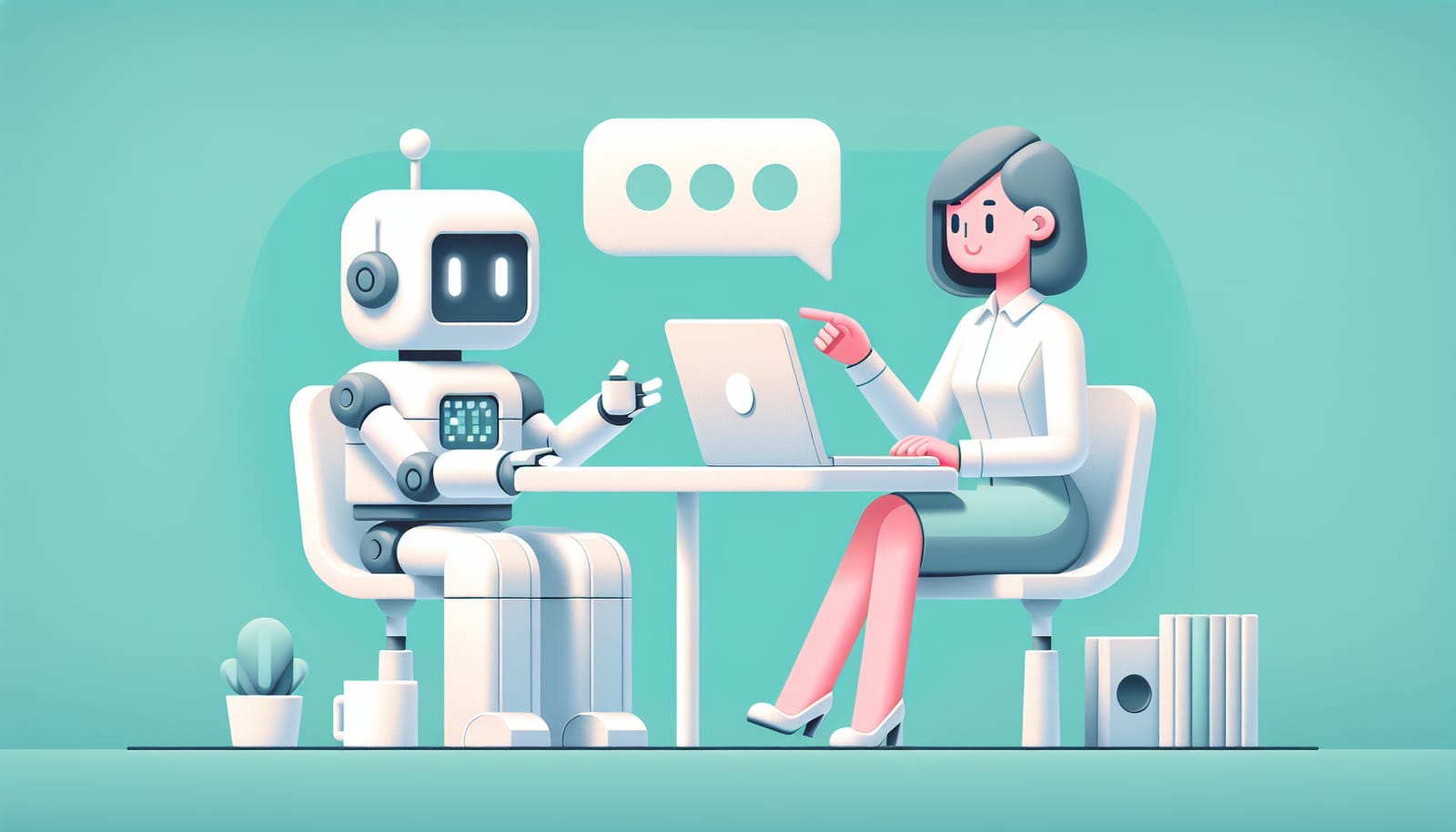Artificial Intelligence (AI) has become a buzzword in today's world, popping up in conversations, advertisements, and even in our homes. Many people believe that AI is the smartest technology around, capable of outperforming humans in almost every task. But is AI really smarter than children? In this article, we will dive into the fascinating world of AI, explore its capabilities and limitations, and discover why kids possess a unique kind of intelligence that machines just can’t replicate.
What Is AI, Anyway?
AI refers to a branch of computer science that focuses on creating machines or software that can perform tasks typically requiring human intelligence. This includes things like understanding language, recognizing images, solving problems, and learning from experience. While AI can do impressive things—like beat world champions at chess or translate languages in a split second—it operates quite differently from how we think and learn.
Imagine a robot that plays chess: it can analyze countless moves in a matter of seconds, but it doesn’t understand the game in the way a child does. A child might enjoy the game, feel excited when they win, or even be disappointed when they lose, all of which involve emotions and understanding beyond mere calculations.
How Do Kids Learn?
Children are natural learners. From the moment they are born, they absorb information through their senses, experiences, and interactions with the world. They learn language by listening, speaking, and engaging with others. They develop social skills through play and face-to-face interactions. A child’s learning is holistic, involving emotion, intuition, and creativity.
For example, when a child learns to ride a bike, they don’t just memorize the steps; they feel the wind in their face, experience the thrill of balance, and sometimes even fall before mastering it. This experiential learning is something AI cannot replicate. AI can analyze data and recognize patterns, but it lacks the ability to truly "experience" the world as humans do.
The Limits of AI
While AI excels in processing large amounts of data and performing specific tasks, it has its limitations. AI systems can be incredibly good at narrow tasks, such as image recognition or playing specific games, but they struggle with generalizing knowledge. For instance, an AI trained to identify cats in photos can identify cats very well but would fail to recognize a cat in a different context or setting without additional training.
Moreover, AI lacks the inherent understanding of context, emotions, and cultural nuances that humans, especially children, grasp intuitively. A child can interpret a joke or understand feelings in a way that AI simply cannot.
Emotional Intelligence: The Child Advantage
One of the most significant differences between AI and children is emotional intelligence. Kids can empathize, understand feelings, and navigate complex social situations. They can sense when a friend is sad or when someone is happy, and they know how to respond appropriately. This emotional awareness is an essential part of human intelligence that AI lacks.
For example, if a child sees a classmate who has fallen and scraped their knee, they might rush over to help, offering comfort and a hug. AI, on the other hand, would not know how to respond emotionally to such a situation, even if it could recognize the injury.
Creativity: An Unmatched Human Trait
Creativity is another area where humans shine, particularly children. Kids often have wild imaginations, creating fantastical stories, drawing unique art, or inventing games. AI can generate music or art based on patterns it has learned, but it does this without true understanding or emotional connection.
When a child creates a story, they draw from their own experiences, emotions, and observations, blending them into something new. AI can mimic creativity but lacks the depth and insight that comes from being human. It cannot feel joy, sorrow, or excitement, which are crucial components of creativity.
The Role of Experience
Experience shapes a child’s learning and intelligence. Children learn from their interactions with the world, their successes, and their mistakes. AI, however, relies on data inputted into it. If the data is biased or incomplete, the AI’s performance can be flawed. Children, conversely, can learn from real-world experiences and adapt their understanding based on nuanced situations.
For example, if a child encounters a new animal, they might ask questions, seek out information, and remember their experience the next time they see that animal. AI would require additional programming and data to recognize that animal in a different context, making it slower to adapt to new experiences.
Collaboration: Teamwork Makes the Dream Work
Children often work together, learning from each other and collaborating on projects. This teamwork helps them develop social skills, communication abilities, and problem-solving tactics. While AI can process information and provide solutions, it cannot collaborate in the same way. It lacks the ability to engage in discussions, share ideas, and build upon the creativity of others in a way that human children do.
When kids work on a school project, they share ideas, challenge each other's thoughts, and build a shared understanding. AI can assist with research or provide suggestions, but it cannot participate in the back-and-forth exchange that enriches human collaboration.
Conclusion: Celebrating Human Intelligence
So, is AI smarter than kids? The answer is a resounding no. While AI can outperform humans in specific tasks and processes information at lightning speed, it lacks the emotional intelligence, creativity, and experiential learning that define human intelligence. Children possess a unique ability to learn, adapt, and create—qualities that machines simply cannot replicate.
As we continue to develop and integrate AI into our daily lives, it’s essential to remember the incredible capabilities of human intellect, especially in children. They are not just the future; they are the present, brimming with imagination, curiosity, and the potential to change the world.
So the next time you hear about AI's capabilities, remember the power and brilliance of a child’s mind. Together, we can harness technology while celebrating the unique qualities that make us human.


